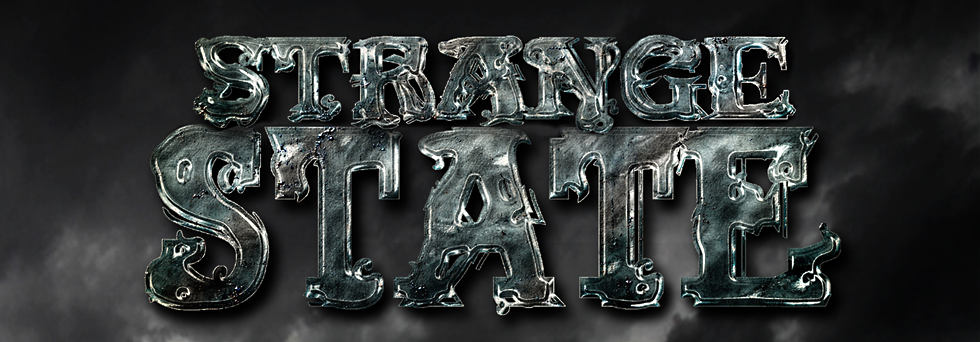


A magic square is an ancient mathematical ideograph (going back more than 4,000 years) that places a series of integers within a gridded square. When added up along any column, row, or diagonal, the sum will always be the same number as any other row, column, or diagonal. They have long been used to express magical formulae, astrological concepts, and to ascribe coded meaning to words and names, especially those of demons and deities within middle eastern traditions. The one crafted by artist Josep Subirachs for his Passion Facade at Gaudi's famous "Sagrada Familia" church in Barcelona is said to represent Jesus' age at the time of the crucifixion, 33. However, unlike a typical Magic Square, this one repeats numbers, which ideally it should not.
But one would be remiss not to explain this tableau. The embracing figures known as the "Judas Treason" (representing the moment Judas betrays Christ with a kiss) is flanked by the Magic Square on the left and a serpent representing Satan or evil coiled behind Judas [off frame] to the right.
While I might be making more of this than I should, it is interesting to note that Judas is embracing Jesus more like a lover than a brother. And while it might be expected in religious iconography to place Jesus above others, he is almost too tall in this sculpture. This rendering makes the figure of Judas seem almost like a woman reaching upward for her lover's kiss. DaVinci Code anyone?

No comments:
Post a Comment